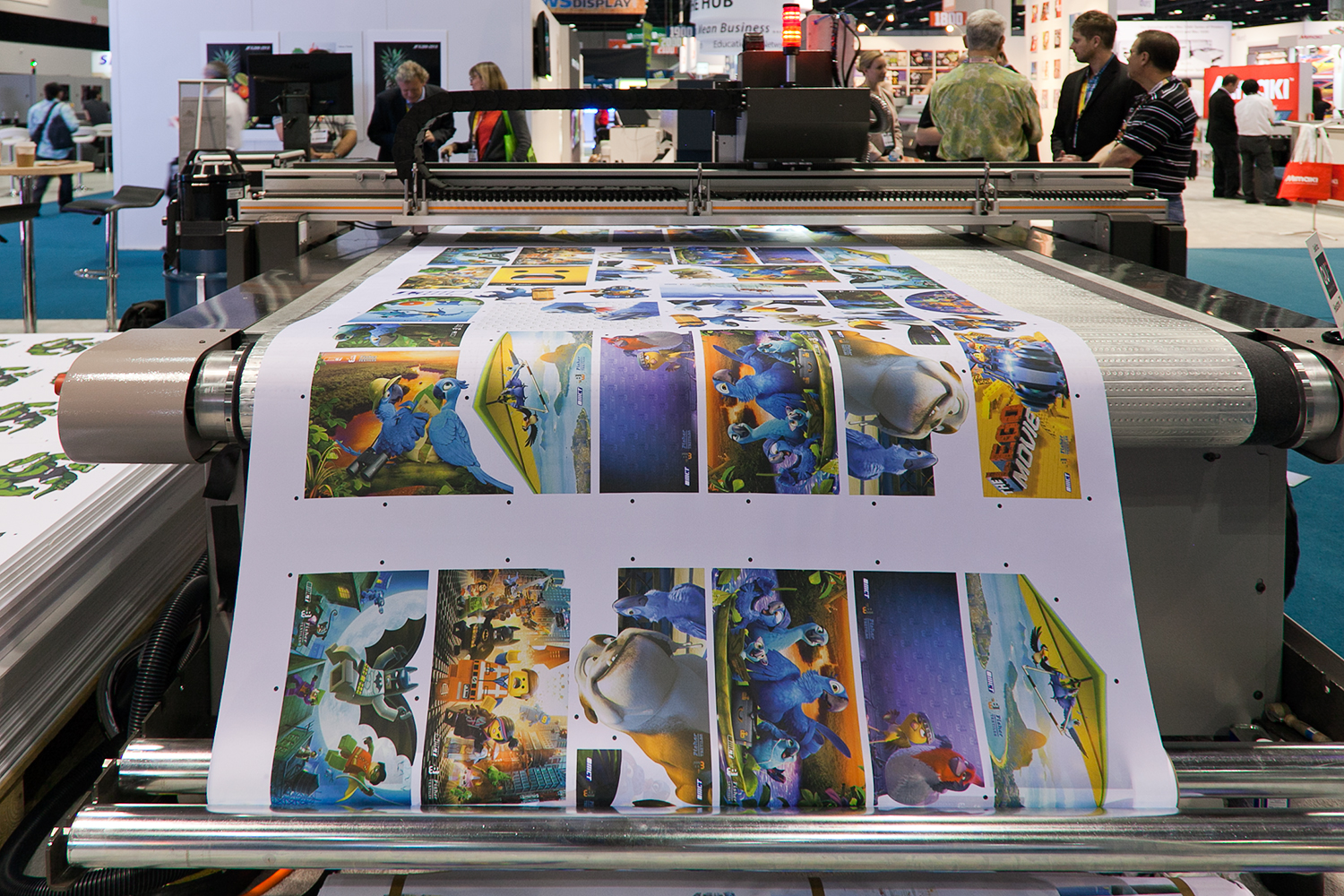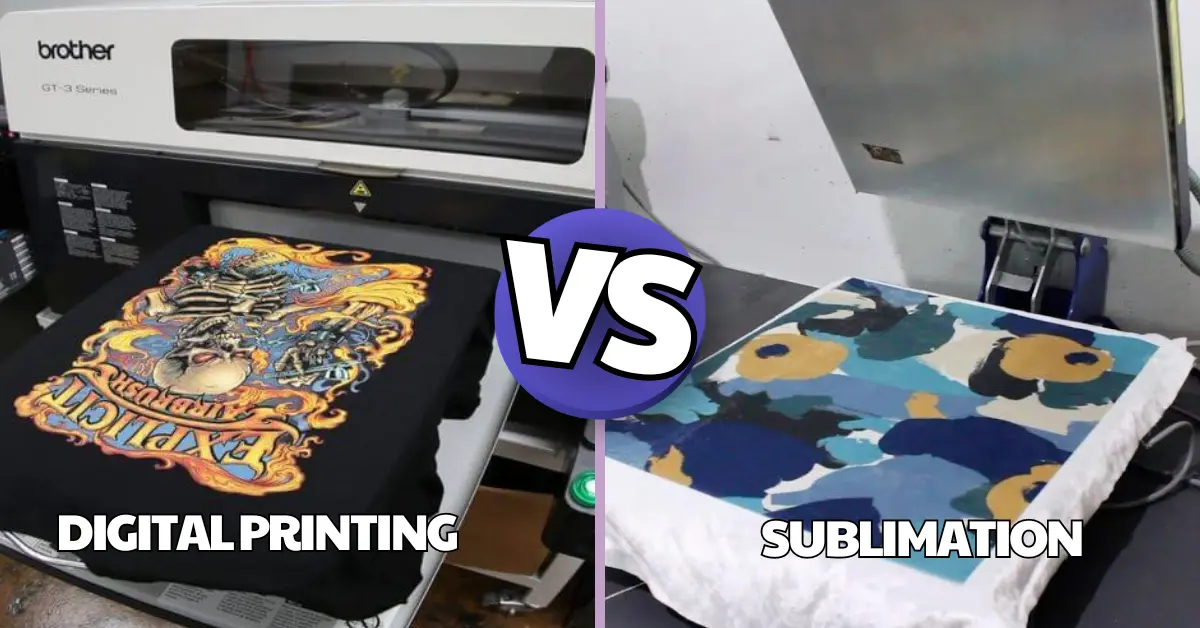Everything about Digital Printing
Everything about Digital Printing
Blog Article
Digital Printing for Dummies
Table of ContentsWhat Does Digital Printing Do?Some Known Facts About Digital Printing.The 6-Minute Rule for Digital PrintingThe Best Strategy To Use For Digital PrintingThe Basic Principles Of Digital Printing Digital Printing - Questions8 Simple Techniques For Digital PrintingAll About Digital Printing
Modification additionally permits organizations to attract attention in a jampacked market by producing special advertising materials that differentiate them from their competitors. Among the primary advantages of digital printing is the capacity to publish variable data. Each printed item can be special, enabling companies to create tailored advertising and marketing materials that speak straight to their target market.Digital printing also enables for customization in the style of marketing products (Digital Printing). With digital printing, services can create styles that are unique and customized to their details requirements.
What Does Digital Printing Mean?
By printing smaller quantities of marketing materials, businesses can decrease waste and avoid the need for excess inventory. Digital printing is also versatile.
By utilizing different materials and layouts, organizations can develop unique marketing products that stand out from their rivals and stand out from their target market. Digital printing likewise provides consistency. With traditional printing methods, there is often variation in between prints because of differences in ink coverage, pressure, and various other aspects.
This consistency can help construct consumer depend on and reputation, showing that business is dedicated to providing high-quality products. Consistency is particularly vital for services that want to construct consumer count on and credibility. By making certain that every print corresponds, companies can reveal that they are devoted to providing top quality products and paying interest to the details.
Digital Printing for Dummies

Additionally, electronic printing produces less waste because it can print on demand and in smaller quantities, decreasing the requirement for excess stock and materials. Digital printing also makes use of much less power contrasted to traditional printing methods. Digital printers do not require as much energy to operate, as they do not need to heat up as a lot or make use of as much power to run.
All about Digital Printing

Offset printing needs a plate for each and every color printed. Typical offset printing is a print approach that uses aluminum plates to move ink onto a rubber sheet (often referred to as a "covering"). The photo is then rolled onto the printing surface. This printing approach is considered "balanced out" since the ink is not moved to the paper directly.
Not known Facts About Digital Printing
The devices's set-up costs are high originally, added systems end up being relatively less pricey as the amount boosts. Offset printing enables a wide variety of print products to be utilized during manufacturing. It enables the printer to utilize different paper kinds, custom-made surfaces, and various inks. The top quality photos generated through offset printing make it the recommended technique, particularly among visuals designers, when looking for the best color reproduction, information, and professional-looking prints.
The basic printing method continues to be balanced out. For electronic inkjet printing, ink is transferred straight onto the surface. As opposed to counting anchor on light weight aluminum plates and rubber blankets to transfer a photo, digital printing utilizes fluid ink during manufacturing. Traditional home inkjet printers are just one of the most typical electronic printing methods.
Digital Printing Fundamentals Explained
Better color fidelity refers to both the accuracy of the colors and their balance in the style. Since countered printing can blend customized color inks for every task, it will normally get the colors spot-on. Works similarly well on nearly any type of type of product. Trusted, premium photo top quality. Count on countered printing for tidy, distinctive kinds and pictures without touches or areas.
It costs a whole lot to start an offset task. You need to spend cash into developing home plates, which takes some time. When you've spent it, all of the products are ready to go, and you'll invest visit this site right here less on large balanced out jobs than an electronic print, which is regarding the same per item no matter click here for info how huge the job obtains.
Digital printing is less expensive for low-volume work. The price per system drops for electronic printing, so at some factor, they crisscross. Altering details within a single print task.
Digital Printing - Questions
While digital printing or inkjet printing is the preferred selection in the existing times, there are engaging reasons to convert from offset to electronic printing systems. When publishing balanced out or digitally, vital decisions and processes are entailed in shade matching.
Industrial inkjet printing provides versatility for printing on several various substrates. Digital printing is excellent for consumers who do not call for longer runs and warehousing products.

One advantage of digital printing is choosing from a broad variety of digital substrates. With digital printing, the cost of the substrate in the overall task is minuscule.
Digital Printing Fundamentals Explained
Tools expenses in inkjet printing are far reduced than offset printing as there are no plate-making, plates, and press expenditures. Beyond the resources cost, the prepress tools and printing presses need highly proficient drivers in offset printing, which includes labor costs.
Report this page